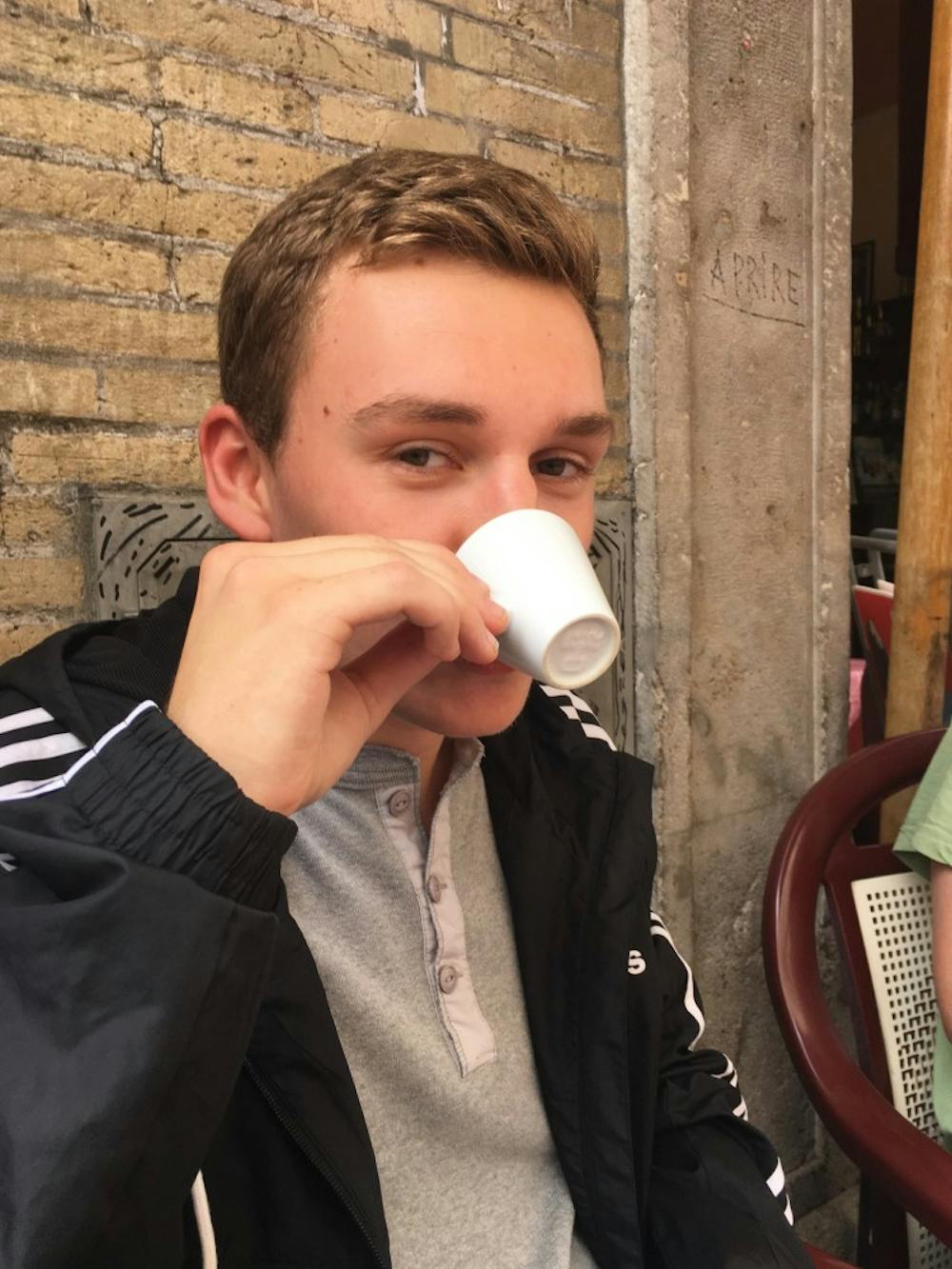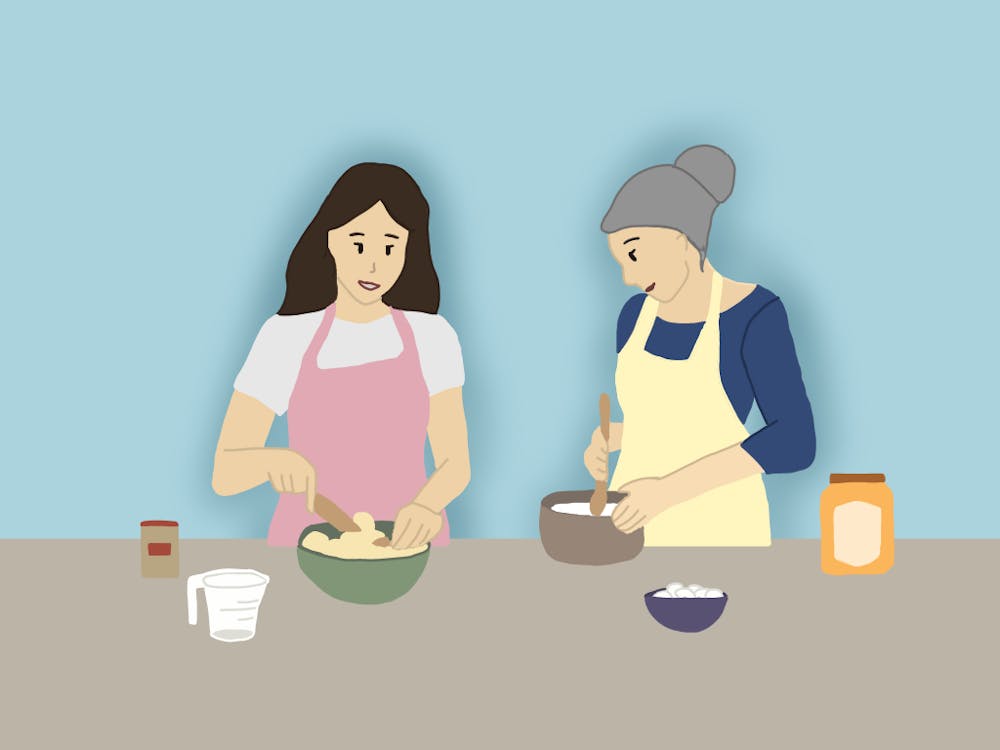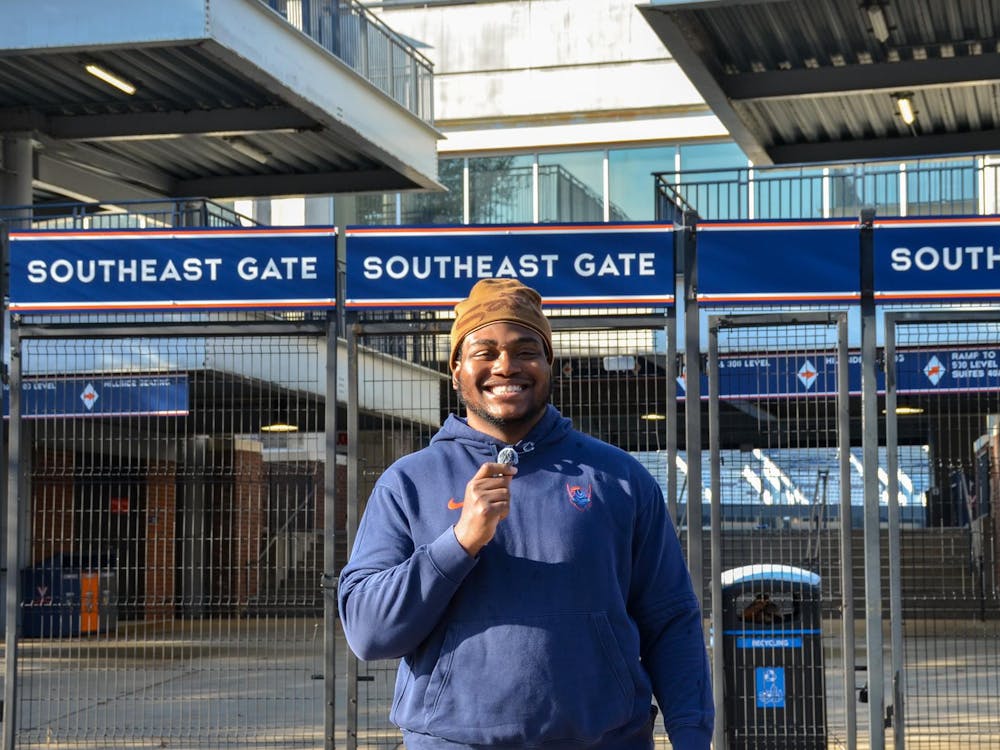Italian men have oily, black, curly hair. They wear supple leather loafers and stylish leather motorcycle jackets. They nonchalantly sling satchels over the jaunty lapels of their designer blazers. Their clothes all fit like a glove, and their leather gloves fit even better than their clothes. They whiz around the streets on agile little Vespas, the only vehicle that looks as lithe and clever as they do. Their scarves trail in the wind behind them as they zip towards a vineyard or cafe. This description sounds stereotypical, but after three months in Italy, I am delighted to report that it’s absolutely true. Italians look every bit as Italian as I pictured them before I arrived.
Italian culture holds in high esteem a notion known as “bella figura.” Literally translated it means “beautiful figure,” but really what it means is that everyone looks put-together all the time. The dress code for an average Italian sidewalk brushes up against what would be called business casual in the United States. Women strut along cobblestone streets in four-inch high heels. Every man’s beard is perfectly trimmed. Even the little kids have designer sunglasses. It’s not a coincidence that all the most famous fashion brands in the world are Italian.
Bella figura creates a de facto dress code of sorts and as a result, Italians are the most fashionable people in the world. But the dress code can feel restrictive, especially coming from a different country. For example, Italians are not fans of athletic wear. When the weather was warm, my fellow Americans and I would play basketball at a court near one of the University of Siena buildings.
Walking through the school in athletic shorts and gym t-shirts attracted shocked stares. The Italian students, tight-jean-ed and lipstick-ed, looked at us like we were stark naked and the basketball under my arm was a severed head. Italians do exercise, but they do it in secret and only talk about it in hushed tones. America’s favorite genre of clothing, “athleisure,” is utterly verboten. I haven’t seen a pair of yoga pants all semester. Wearing running shoes out of the house is like wearing flip-flops to a funeral. Wearing shorts of any kind in Italy is roughly equivalent to having a giant butterfly tramp stamp in the U.S. — the restaurants will serve you, but you can tell they’d really rather not.
It’s not always a question of formality. Italian style is often more formal than American, but even when Italians dress down they do it in a characteristically Italian way. During an art history class trip to a museum earlier this semester, a museum docent came up to our group of 12 or so Americans and asked if we were from the United States. We said we were. “I can tell because you are all wearing jeans and none of them are ripped,” she said. Bella figura means us Americans stick out so much that even the little old ladies who spend all day cooped up in the art museum can spot us coming a mile away.
The bella figura style is not without quirks. The most popular outerwear for young Italians is a large, boxy anorak from a brand called Napajiri, each one emblazoned with a giant Norwegian flag across the front. It’s such an ugly garment that the only reason anyone would buy one is if everyone else had one. I have seen more Norwegian flags than Italian flags this semester, such is the abundance of the Napajiri.
Even more perplexing is Italians’ love for Hard Rock Cafe t-shirts. The most common style is a white shirt with the Hard Rock logo and the name of the city where the shirt was purchased. My friends and I have seen so many Hard Rock shirts that we started keeping track of the most far-flung places represented, like a demented European version of the license plate game. Sightings from the semester include Bratislava, Slovakia, Kuala Lumpur, Malaysia and Hurghada, Egypt. In Prague, a friend of mine bought a t-shirt from the Hard Rock Cafe, and the cashier said so many Italians come in that she had learned to speak a bit of Italian just by working there.
It’s difficult for me to pull off the Italian look, but I can make it work if I really set my mind to it. I have one pair of pants that I used to think were too small because of the way the pant-legs gripped my thighs without enough room for air to pass through — those are perfect for Italy. I have a few sweaters that are innocuous and dark-colored enough not to attract undue attention.
I also have a scarf. It’s the most Italian-looking thing I own, even though I didn’t buy it here. My uncle gave it to me for Christmas when I was about 14, a time in my life when I was simply not emotionally or physically prepared to wear a scarf of any kind — let alone a fashionable one. It was a classic uncle gift, well-meaning but based on a misinterpretation of the age of the nephew who they only see once a year. In any case, a few years down the road it has become the piece de resistance of any vaguely European-style ensemble I attempt to put together.
When I’m in peak Italian mode I can go into a cafe or a bar or a grocery store and pass as a local. “Vorrei un caffe macchiato,” I say to Andre, the bartender at my favorite cafe. I perch on the bar and sip my coffee. Andre wears a black dress shirt, his oily black curls lazily falling in front of his eyes. Next to me a man is wearing a tiny little winter coat, so slim and trim that it seems it could not possibly be providing any insulation. On my other side is a woman in a luxurious fur holding a sparkling handbag. And there I am, in the middle of all of them, a secret agent, my shameful Americanness hidden behind a snappy scarf like my gaudy American flag boxers are bunched up underneath a pair of too-tight pants.
Becoming as Italian as possible has been a goal of mine all semester long, and when I’m sitting in the cafe wearing my Italian outfit it feels like I’m succeeding. I’m not immersed because of the clothes — I’m immersed because I know what to order. I’m immersed because I know how to order it in Italian. I’m immersed because this semester I’ve come to love an espresso even more than I love a Starbucks venti iced. But if I was wearing a University sweater or a teal Dolphins jersey or a pair of yoga pants the whole puzzle would fall apart. The immersion wouldn’t be complete.
In a few days I will return to the United States. I fully expect to be mercilessly ridiculed by my friends for being that kid who goes off to Europe for a semester and all of a sudden posts a bunch of pictures wearing scarves and drinking tiny coffees. It’s like returning from study abroad and suddenly pronouncing “Barcelona” like “Barthelona.” It sounds absurd to say that the scarf makes me more Italian, but having lived amongst these immaculately dressed Italians for three months gives the scarf more importance than my friends at home might think.
Immersion in a culture means adopting and understanding the culture’s traditions, and it’s not an overstatement to say that one of Italy’s most important traditions is wearing stylish scarves. I’ve gotten plenty of espressos this semester wearing sweatpants and a University sweater, and I can say with confidence that those espressos just don’t taste nearly as good as the ones sipped over a dashing accessory or two. Italians take pride in looking good. If I want to feel Italian, I have to feel that same pride.
I’m still not wearing a Hard Rock t-shirt, though. It’s important to draw a line somewhere.







